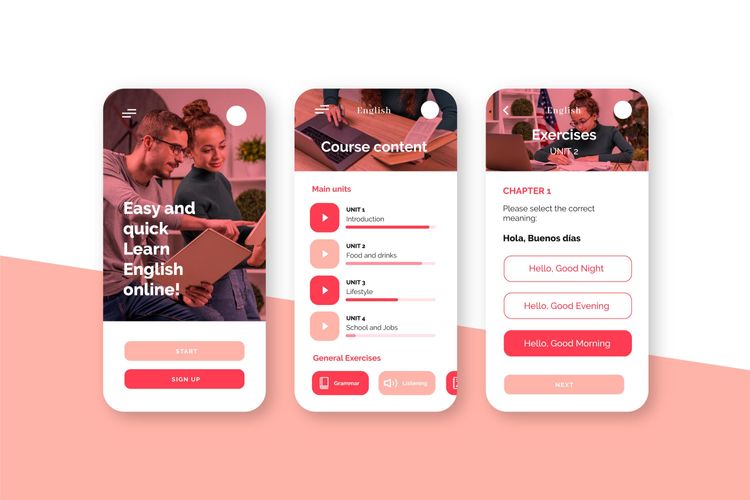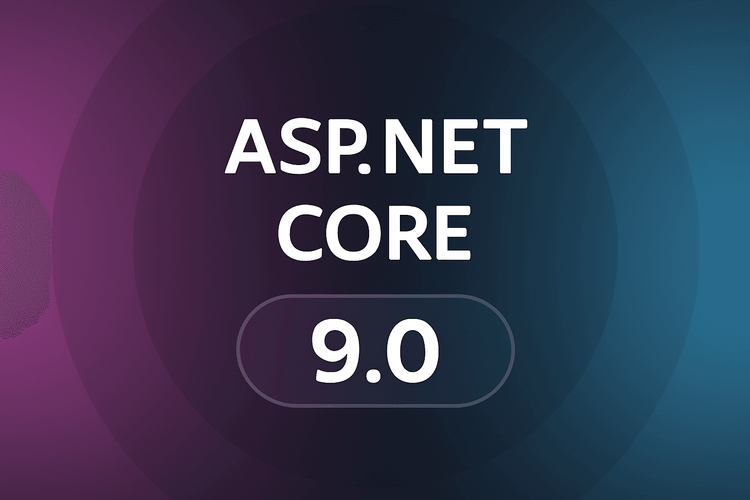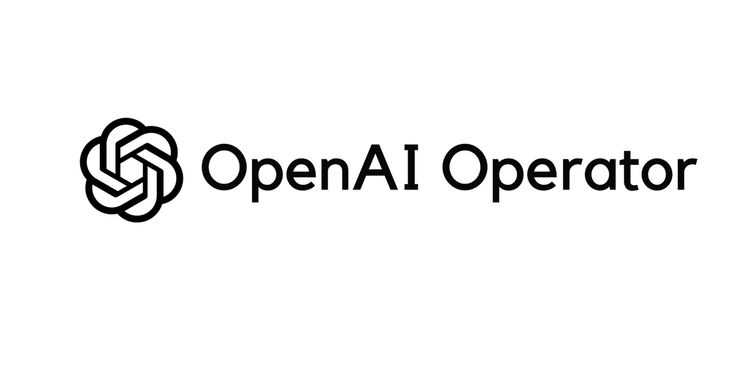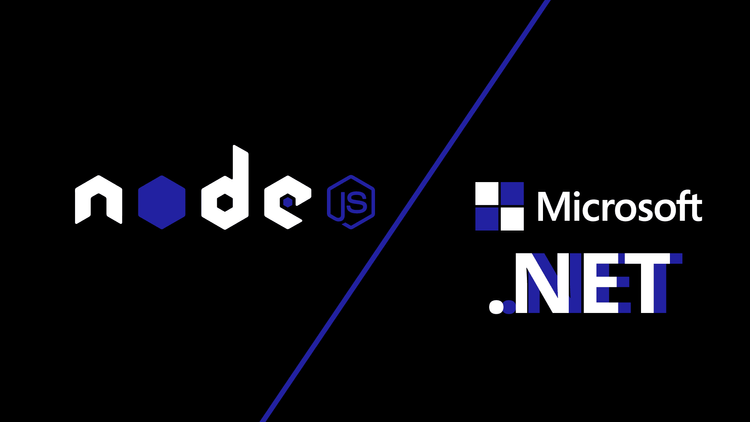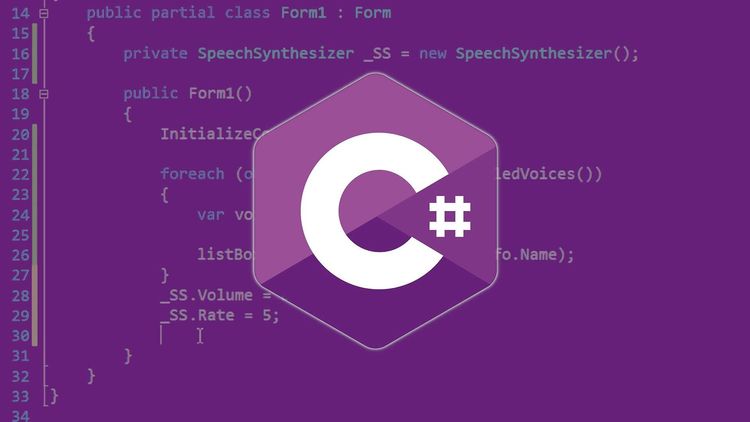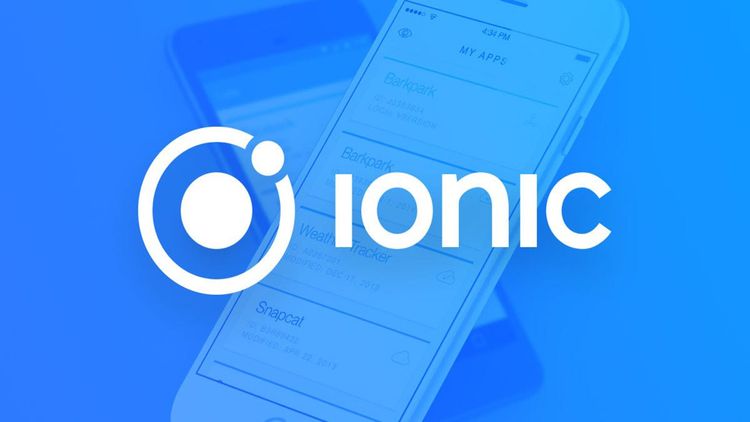The accelerated development of new technologies in recent decades has radically transformed the way we interact with information and online applications. In this context, interactive and responsive interfaces have acquired unprecedented importance, as they are the gateway for users to the vast digital world. From the proliferation of mobile devices to the diversification of browsers and operating systems, the need for adaptable interfaces has become imperative.
In this scenario, Bootstrap emerges as a fundamental tool for web developers. This open-source framework has redefined the way interfaces are designed and applied in web applications. Its popularity lies in its ability to simplify the development process, offering a set of predefined components and styles that allow for the quick and efficient creation of visually appealing and functional interfaces. In this article, we will explore the features of Bootstrap, from its origins to its most advanced characteristics.
What is Bootstrap?
Bootstrap, which was first conceived in 2011 as an internal project at Twitter, represents a milestone in the evolution of modern web development. Conceived by Mark Otto and Jacob Thornton, this framework was born with the vision of providing a comprehensive set of tools to improve consistency and efficiency in web interface creation. Over the years, Bootstrap has transcended its origins to become one of the most prominent and widely used front-end frameworks in the web development industry.
What sets Bootstrap apart is its focus on simplicity and practicality. As a set of open-source tools for developing with HTML, CSS, and JavaScript, Bootstrap offers a solid structure and a diverse set of predefined components. These elements allow developers to build modern and responsive web interfaces with relative ease. From buttons and forms to grid systems and navigation, Bootstrap provides a wide range of ready-to-use components that streamline the development process and ensure a consistent appearance across all devices and browsers.
Main Features of Bootstrap
Browser Compatibility: Bootstrap has been meticulously developed with browser compatibility as one of its main pillars, covering a wide range of popular platforms such as Google Chrome, Mozilla Firefox, Safari, Microsoft Edge, and even specific versions of Internet Explorer, such as 10 and 11. This approach not only ensures that interfaces created with Bootstrap are visually appealing and functionally solid in various browsing environments, but also guarantees a consistent and seamless user experience, regardless of the browser the end user prefers to use.
Mobile Device Support: Bootstrap stands out for its ability to offer optimal support for mobile devices, making it an essential tool for both website design and mobile app development. Its main attribute lies in the implementation of responsive designs, which means that applications developed with Bootstrap smoothly and efficiently adjust to a wide variety of mobile devices, ranging from smartphones to tablets.

Customization and Extensibility: Despite offering a wide selection of ready-to-use components, the framework allows developers to easily customize the appearance and behavior of these components by using custom CSS and JavaScript classes. This flexibility not only provides the freedom to adjust each element according to the specific needs of the project, but also encourages creativity in web interface design. In addition, Bootstrap is compatible with CSS preprocessors like Sass, which further simplifies the customization process by offering advanced tools for managing and organizing code.
SEO and Accessibility Optimization: Bootstrap stands out for its focus on search engine optimization (SEO) and web accessibility. The framework has been meticulously designed following guidelines for excellence in these areas. The semantic components and clean markup produced by Bootstrap not only improve the visibility of applications in search engines, but also ensure their accessibility for individuals with diverse abilities. This extreme care not only elevates the position of applications in search engine results, but also guarantees their usefulness for a wide range of users, regardless of their skills or limitations.

Exploring the World of Programming with Bootstrap
Now that we have examined some of the outstanding features of Bootstrap, it is time to explore how it is implemented in real-world situations. Bootstrap is a versatile tool that is used in a wide range of projects, from static websites to highly complex web applications and content management systems. Some of the most common use cases include:
Development of Responsive and Adaptive Websites: The process of developing responsive and adaptive websites is considerably simplified with the use of Bootstrap, a widely preferred choice for its ability to offer a flexible grid and adaptable components. This tool allows developers to design and build websites that not only display properly, but also function optimally on a wide variety of devices and screen sizes.
Design and Development of Administration Panels: The versatility of Bootstrap components, such as dynamic tables, advanced forms, and dropdown panels, greatly facilitates the construction of powerful user interfaces for content management and data management. This wide range of predefined elements not only streamlines the development process, but also ensures the creation of intuitive and user-friendly administration panels, resulting in a smoother and more efficient experience for users responsible for managing content and data within the application. The integration of Bootstrap in the creation of administration panels not only improves the visual aesthetics, but also optimizes functionality and usability, significantly contributing to the effectiveness and satisfaction of the end user.

- E-Commerce Applications: This tool has become a preferred choice for building e-commerce platforms due to its ability to design intuitive and responsive user interfaces. From the homepage to the checkout process, Bootstrap empowers developers to create smooth and visually appealing shopping experiences that optimally adjust to a wide range of devices and screen sizes. The adaptability and visual consistency provided by Bootstrap not only enhance the user experience, but also contribute to increased conversions and customer retention in an increasingly competitive e-commerce environment.
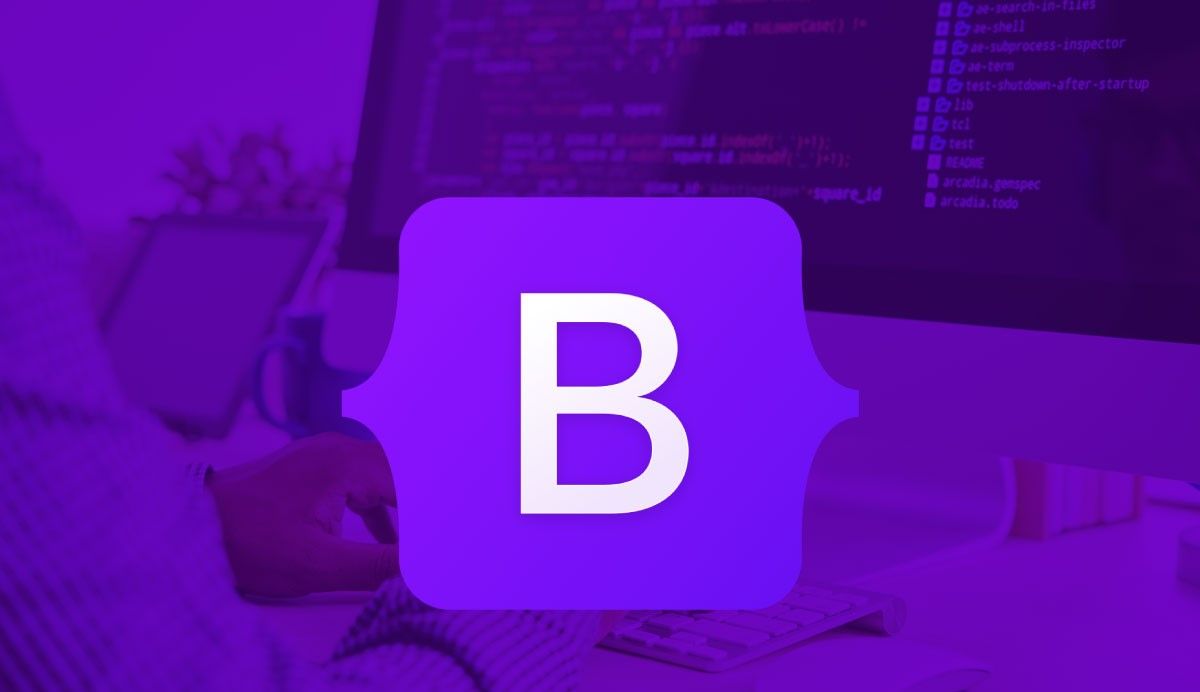
Construction of Institutional and Corporate Websites: Bootstrap is widely used to build institutional and corporate websites due to its ability to offer a professional and consistent appearance on all pages and sections of the site. Developers can take advantage of Bootstrap's customization features to adapt the appearance and functionality of the site to the specific needs of the brand or organization.
Development of Cloud Service Applications: Cloud service applications, such as productivity apps, collaboration tools, and project management platforms, can greatly benefit from the use of Bootstrap. Bootstrap provides the necessary components and styles to create modern and responsive user interfaces that meet the needs of users accessing these applications from a variety of devices and environments.
It is evident that by exploring and taking advantage of the features and benefits of Bootstrap, developers can elevate the quality and efficiency of their projects, while offering exceptional user experiences in the ever-changing digital landscape. With its ability to simplify development and promote consistency and accessibility, Bootstrap continues to be an indispensable tool in the toolkit of any modern web developer.






